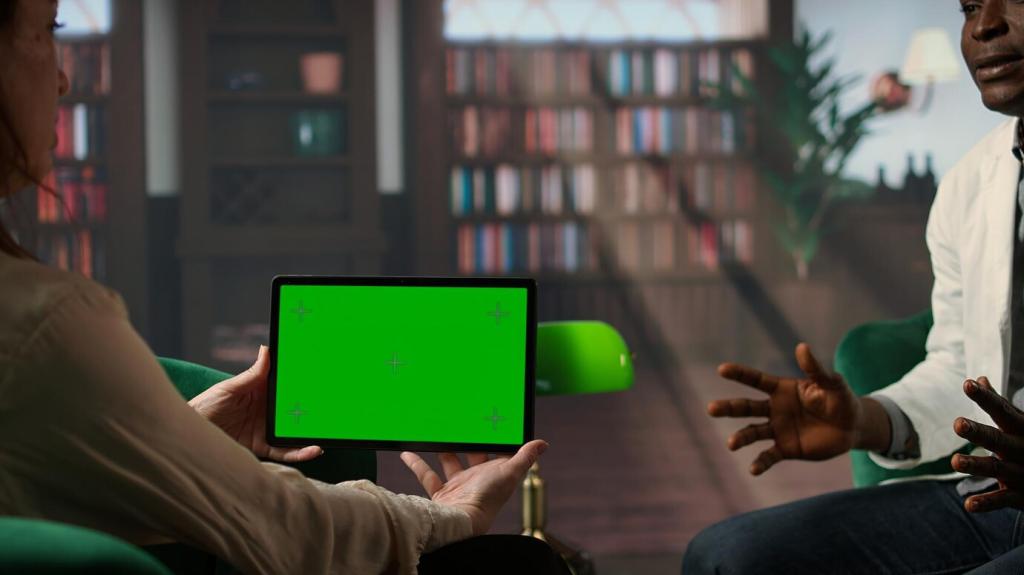Why Virtual Resources Ignite Curiosity
When virtual resources are interactive, students move from watching to doing. Clickable case studies, branching scenarios, and embedded prompts turn a static screen into a decision space. The shift is subtle but powerful: curiosity awakens when learners must choose, test, and explain, not merely consume.
Why Virtual Resources Ignite Curiosity
During a stormy afternoon, we swapped a lecture for a virtual field trip. Students navigated a map, zoomed into artifacts, and left voice notes with questions. The classroom buzz rose above the rain, and a quiet student narrated discoveries with confidence. Share your rainy-day rescue stories too.






